
Chapter
OVERVIEW
Chapter is a social networking app focused on sharing experiences. It allows users to publish curated collections of photos and videos, or "chapters" that other users can interact with. The goal of Chapter is to put more emphasis on life events, and allows users to tell the whole story through media.
TOOLS
Figma
Adobe Illustrator
HTML & CSS
Javascript
PHP & MySQL
TIMELINE
NOV 2019
6 WKS
DEC 2019
MY ROLE
UX/UI Design
User Research
Protoyping
Web Devlopment
Branding
Challenge
Many millenial users are getting tired of social media apps being flooded with a constant stream of selfies and memes. They want a way to stay connected with friends, without all of the extra junk.
How does Chapter solve this?
Unlike most social media apps, Chapter uses customizable collections of photos and videos (a minimum of 3 per post) - rather than individual ones - to allow, and encourage users to share the major events in their lives. This means that while a user might post less frequently, their interactions on the app will be more meaningful.

USERS WANT LESS OF THIS.
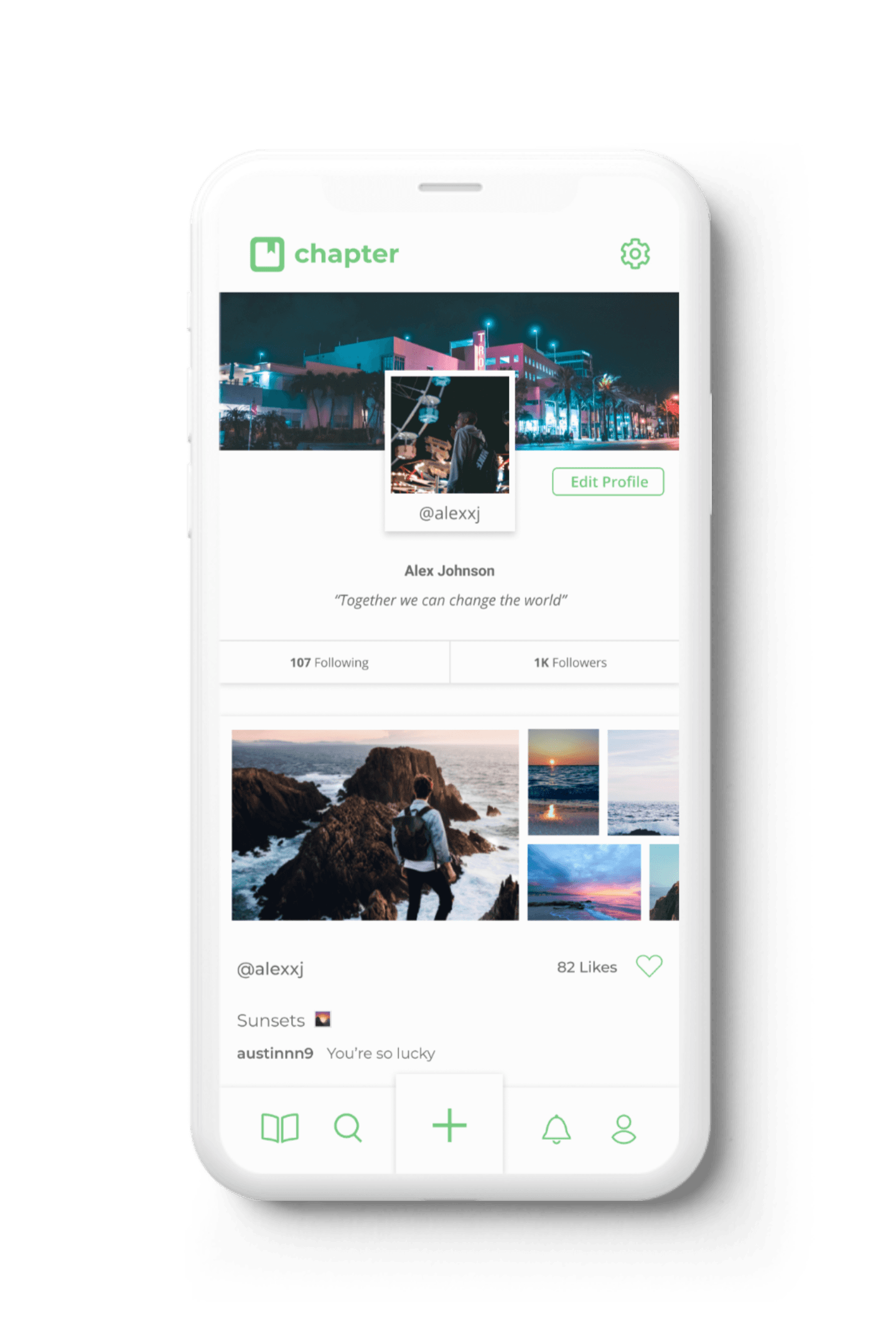
Remember when social networking was actually about being social?
Chapter brings back the intimacy that you want to feel with your friends and family by putting more attention on life events, and less importance on looking good in a selfie.
By only allowing 3 or more photos or videos per post, users are encouraged to put more thought into what they are posting, and only show the memories that they feel are truly worth sharing.
RESEARCH
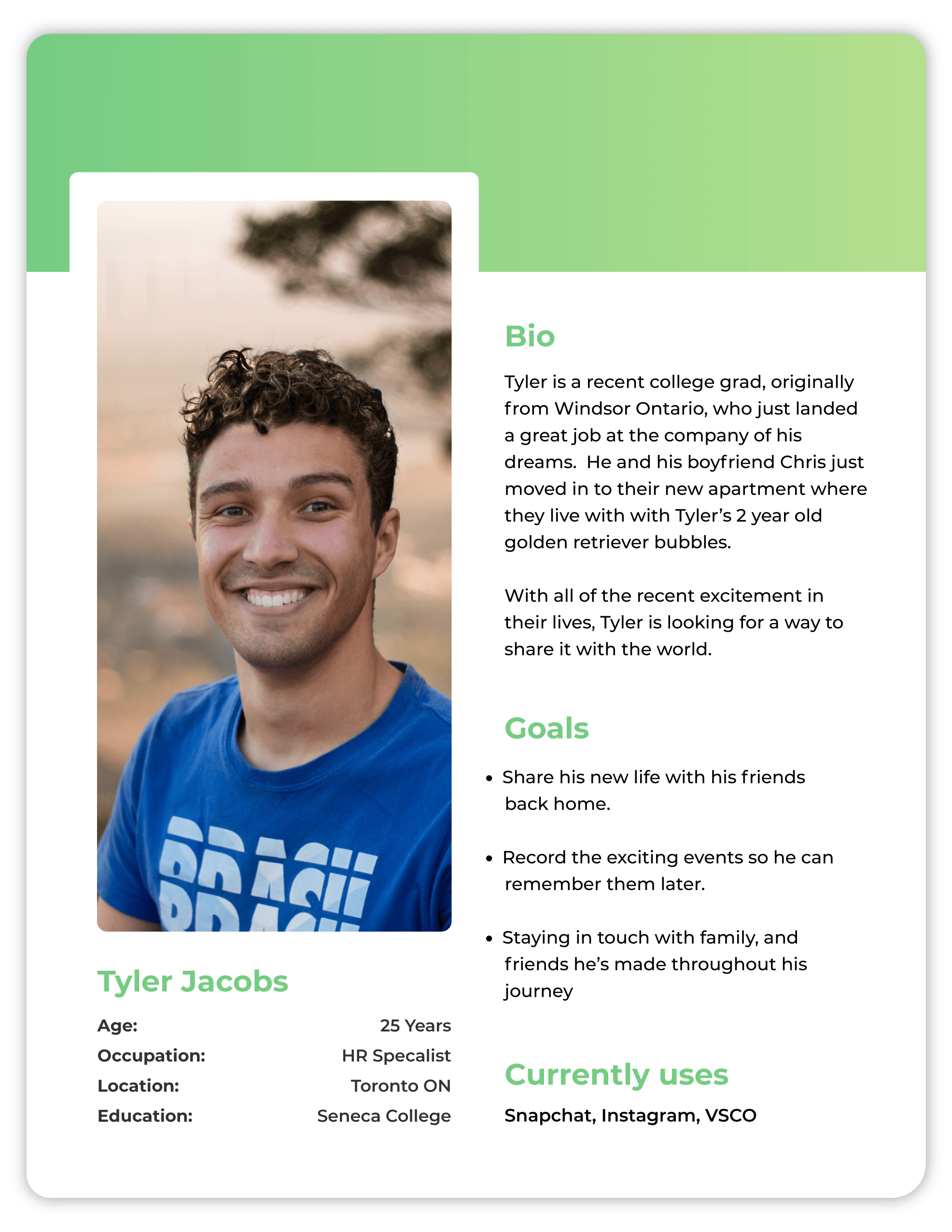
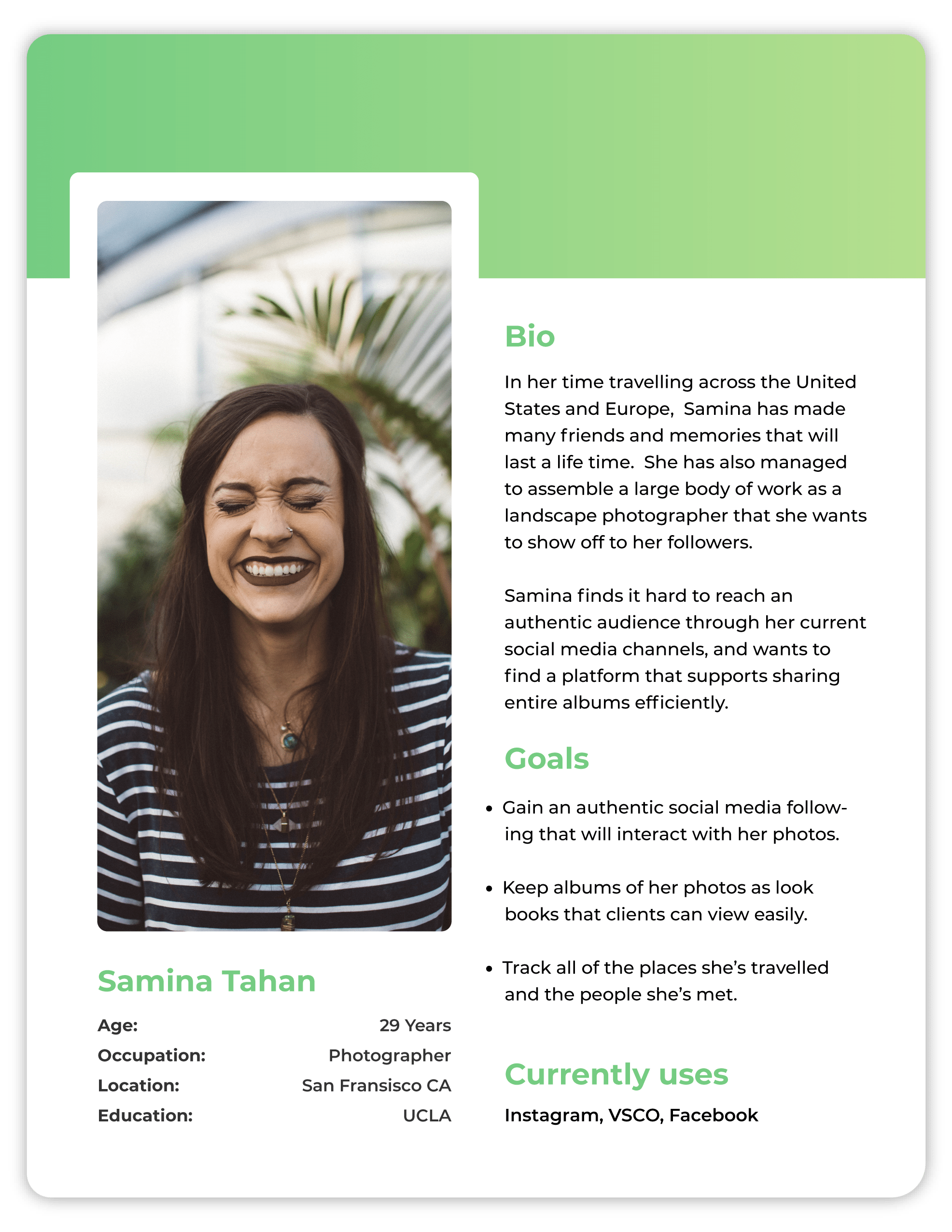
USER PERSONAS
To better understand Chapter's target audience, I created detailed user personas. The key findings they presented were that:
Chapter's target audience is people between the ages of 25 - 38 (millenials). A large portion of this population is looking for a social media platform that is more catered to a specific goal (think Instagram and Twitter) but are also experiencing more profound life events than those under the age of 25, that they want to share.
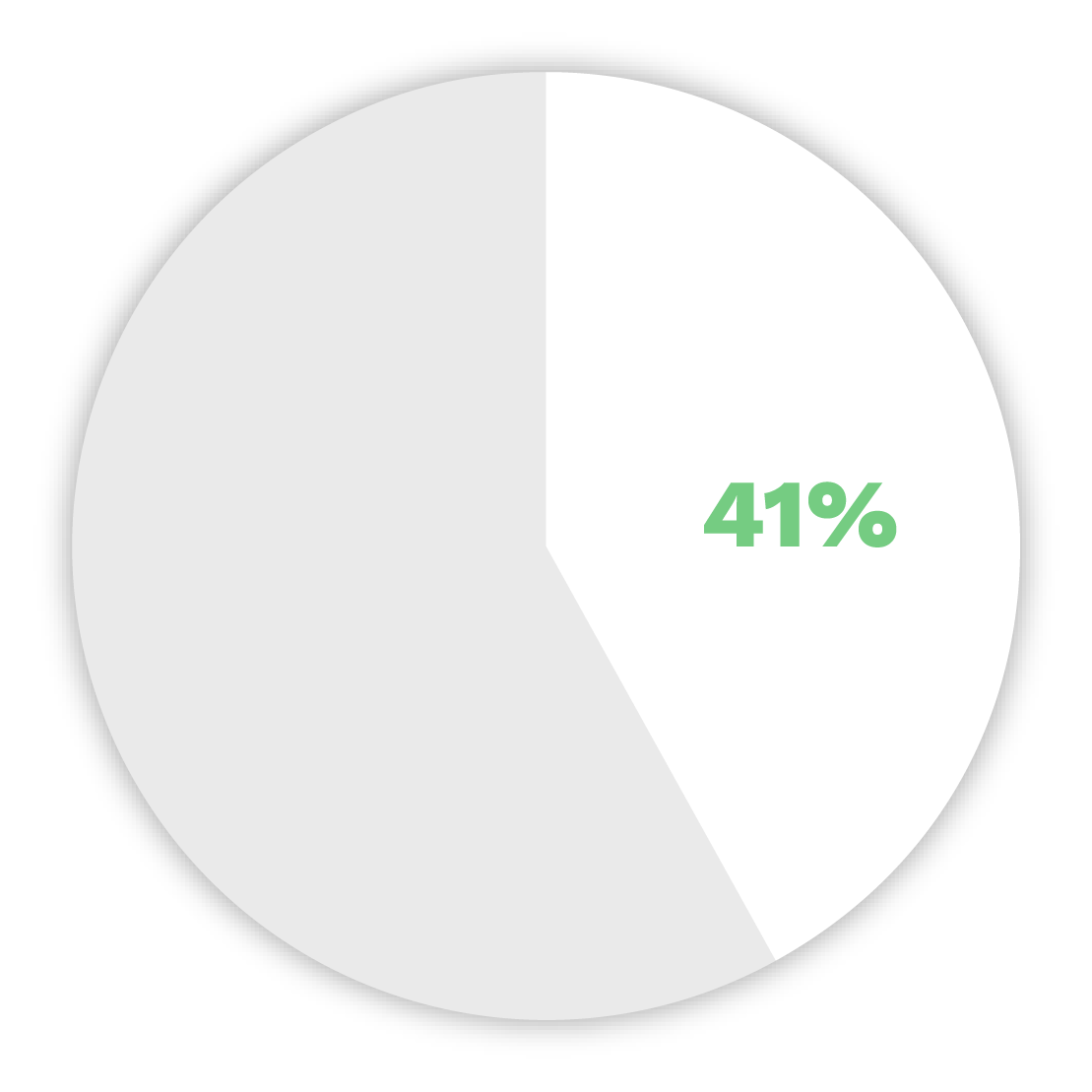
3.2 billion people worldwide use social media.
ROUGHLY 41% OF THE WORLDS POPULATION
BUT ACCORDING TO A 2018 STUDY CONDUCTED BY THE GLOBAL WEB INDEX:
Only 19% of users reported using social media to details about their daily life.
42% of users reported using social media to stay in touch with their friends lives.
Users want to escape mundane posts.
More and more users are looking for a platform that cuts out the humdrum details. Chapter fills the void by offering a solution that discourages users from filling their timeline with a never-ending wave of food pictures and memes.
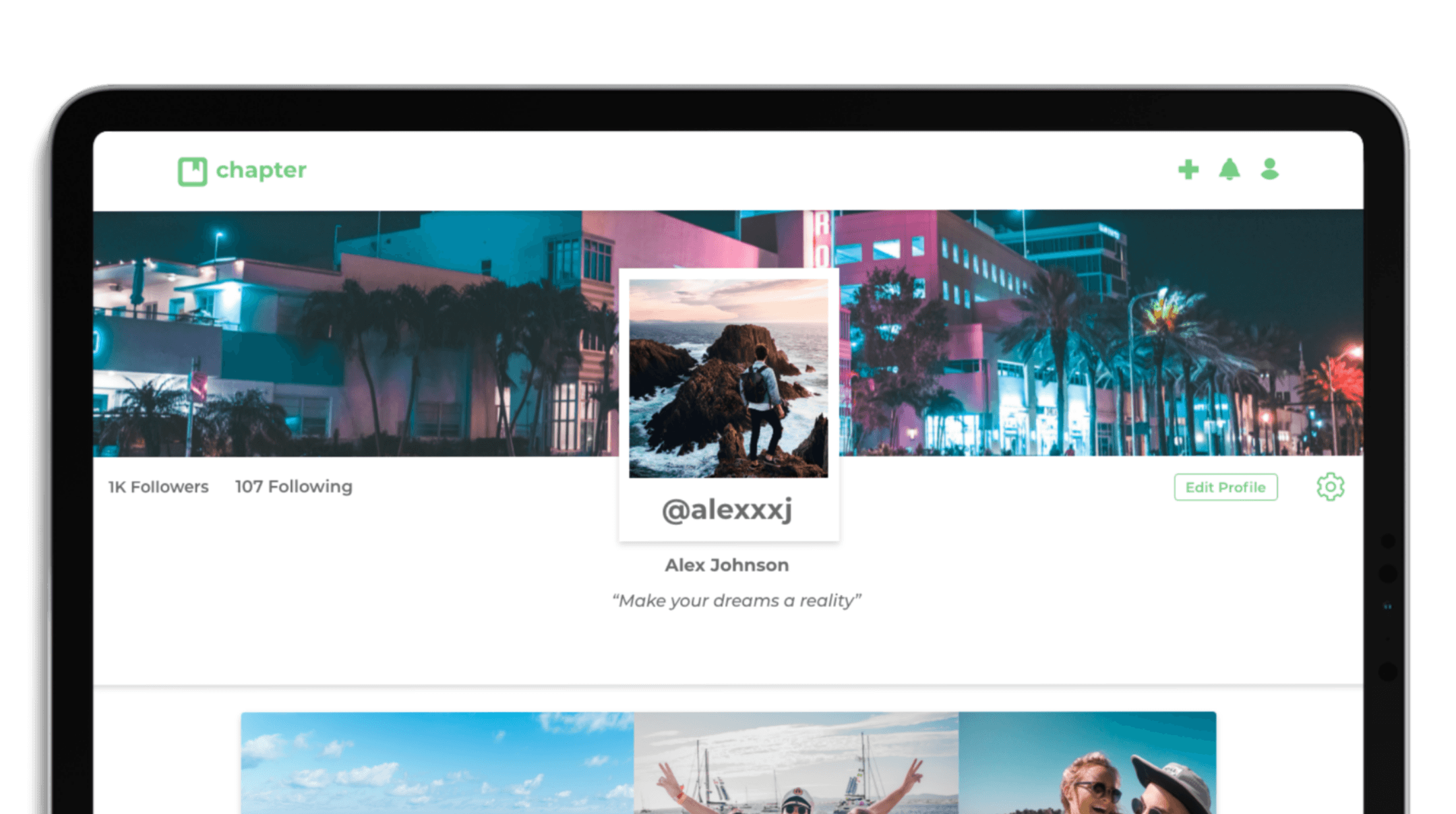
BUILDING A FOUNDATION
Early in the process Entity Relationship Diagrams (ERD), and sketched wireframe prototypes helped me better understand the database structure for Chapter.
Doing so allowed me to understand what entities and attributes I would need to include when building the database, and what features needed to be added in prototyping and development.
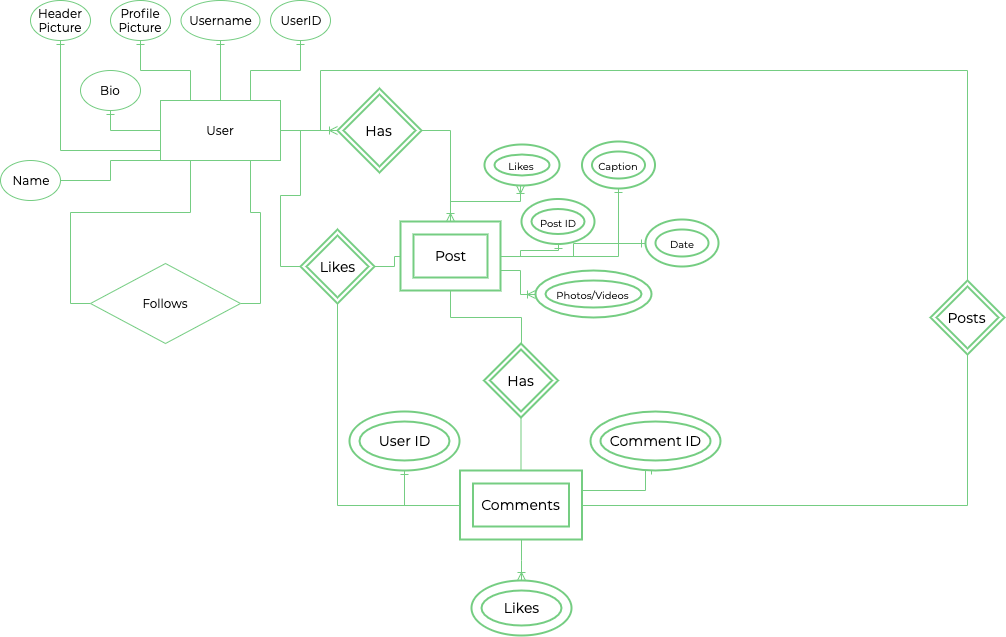

BRANDING
While I was working on my early stage mockups, and ironing out the database structure, I was also working on a brand that I felt would attract my target audience, and position Chapter as a future-forward brand meant to bring people together.
COLOURS
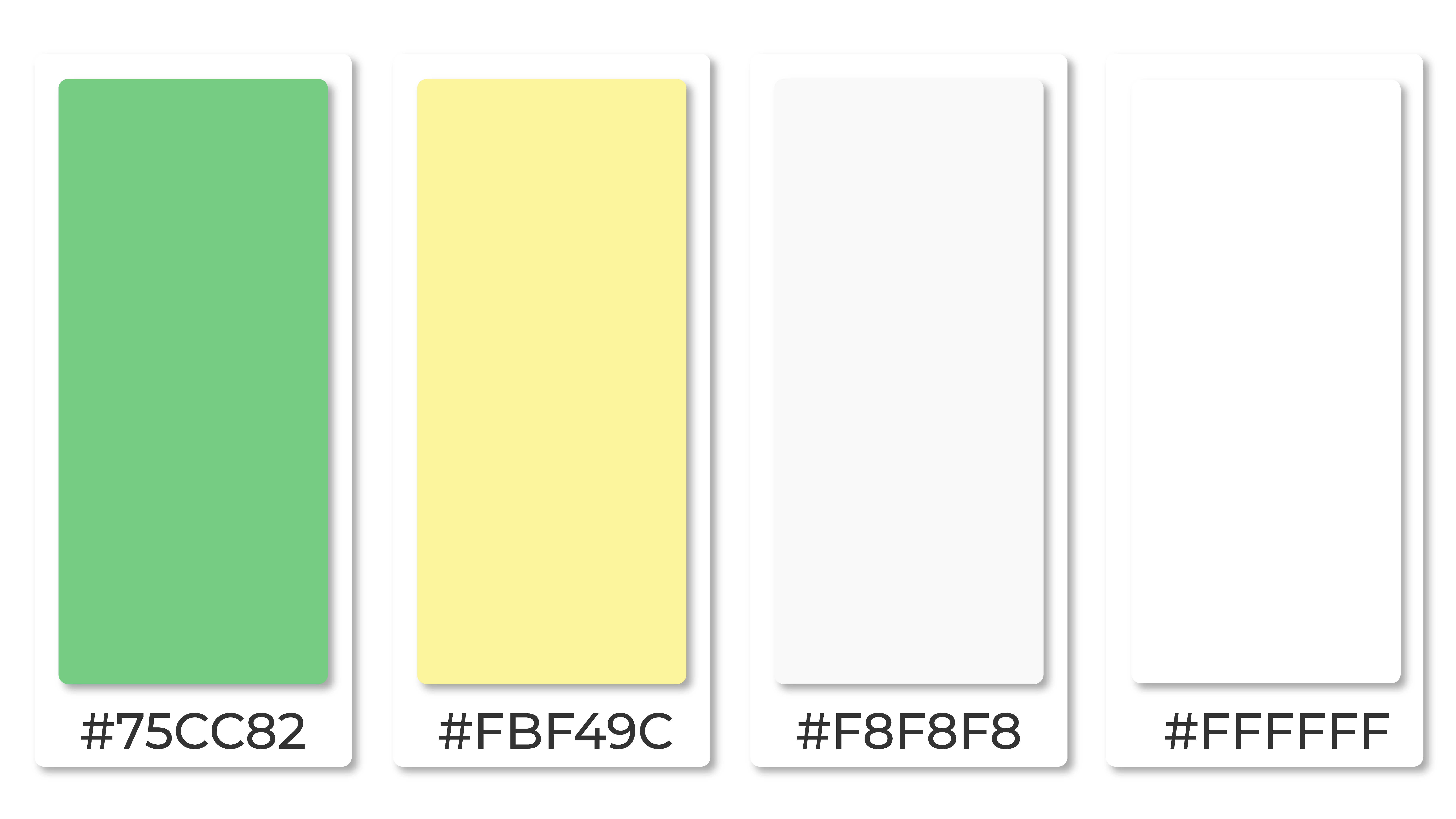
TYPOGRAPHY
Montserrat
abcedefghijklmnopqrsdtuvwxyz
ABCDEFGHIJKLMNOPQRSTUVWXYZ
1234567890
LOGO
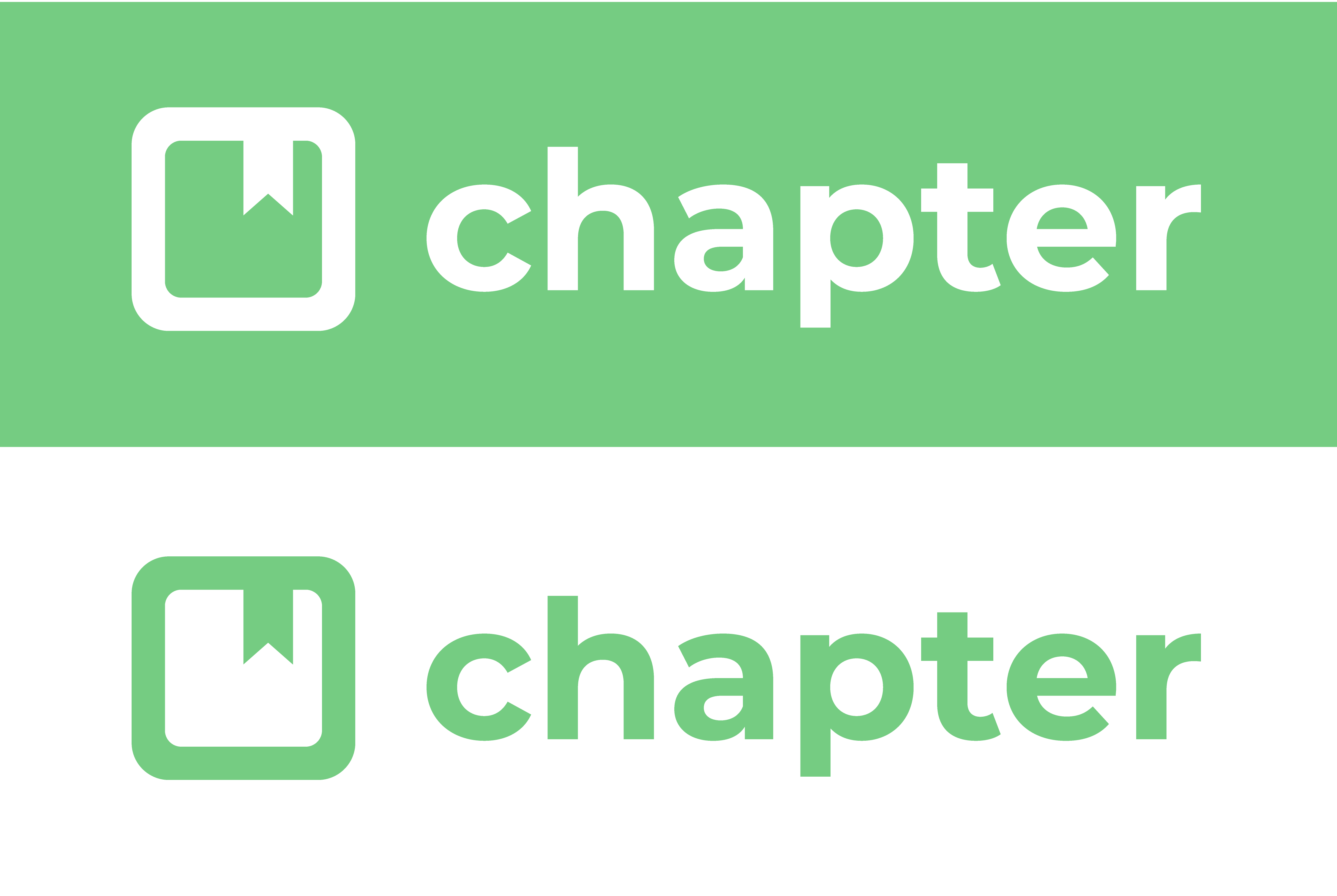
FINAL PROTOTYPE
In order to further visualize Chapter, I built a high-fidelity interactive prototype that displays the key features of the final application using Figma.
View Interactive Prototype
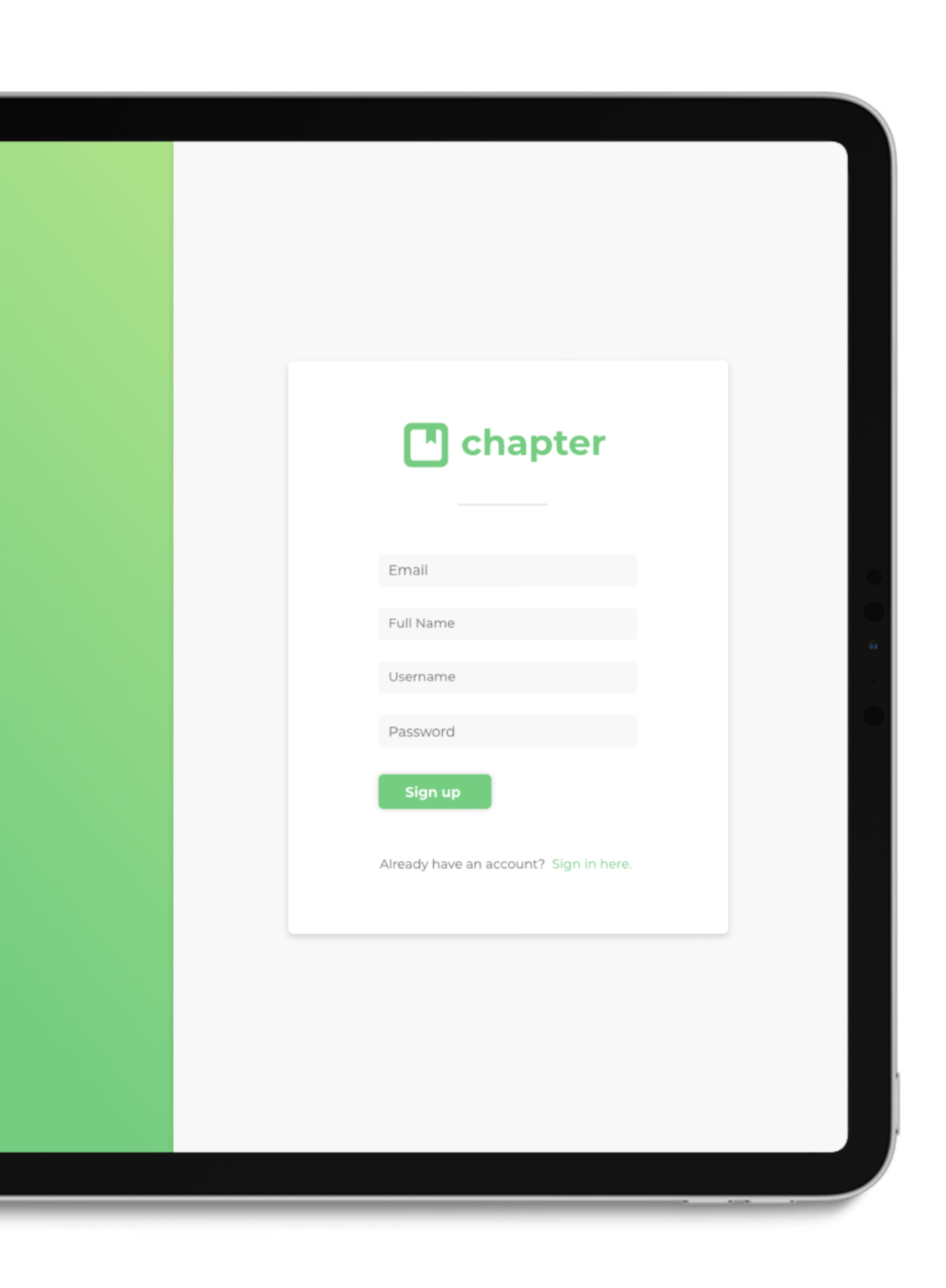
KEY TAKEAWAYS
Designing the entire application from sign up to posting, really enlightened me to the importance of things like progressive disclosure, and giving users a set of boundaries to exist within.
I focused heavily on using progressive disclosure to control how information is displayed during the sign up process. Only the most necessary information is collected upon account creation, and further profile setup is encouraged but optional. This is to reduce information overload, and to decrease bounce rates due to user frustration.
I also learned that it can be very helpful to give users a gentle nudge in the right direction. By providing users with a minimum number of images or videos to include in each post, and simultaneously urging them to get creative with their post layouts, you can develop a greater sense of care and meaning between the user and the posts they create.
DEVELOPMENT
Development of Chapter is currently underway! Check back soon to sign up and share your life's chapters.
